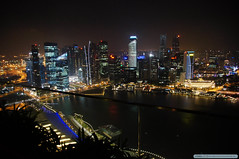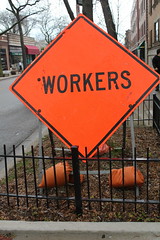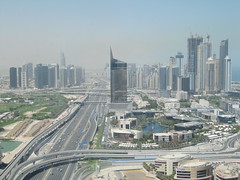The questions below were created to accompany Michael Goldman and Wesley Longhofer’s Winter 2009 feature article, “Making World Cities.”
1) Development is often viewed in a positive light. But, are there possible negative consequences? Provide an example.
2) With these potentially negative implications of global cities in mind, why do cities and communities continue to pursue growth? In other words, what are common reasons in support of world cities like those covered in the article?
3) The article claims that inequality in Bangalore has increased five-fold since the software boom in the ’90s. What might have lead to the increase in inequality?
ACTIVITY: The article mentions that the World Bank funds many projects related to the expansion and infrastructure of global cities. Spend 10 minutes on the World Bank’s website. What is it, and what types of projects does it fund?





